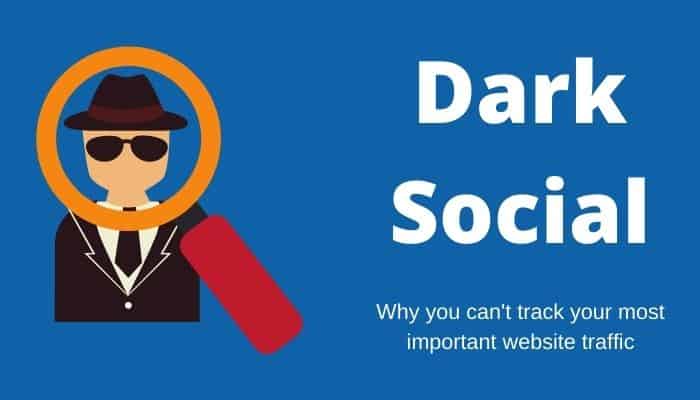
Dark Social Traffic and the Future of Digital Marketing
Traditionally, digital marketers have focused their efforts on areas like search engine optimization, social media, and content marketing to drive traffic and engagement. However, dark social traffic is growing at an alarming rate and represents part of that “invisible web” outside the reach of conventional marketing channels. As dark traffic accounts for an increasing portion of overall referrals, marketers must adapt new strategies to identify and capitalize on this source.
Essentially, dark social refers to traffic generated from non-search and non-marketing sources. Dark traffic includes content that is directly shared between users via messaging apps like WhatsApp, Facebook Messenger, WeChat, Snapchat and more. In some ways, dark social marketing resembles word-of-mouth or referral traffic, yet it happens entirely outside of any corporate marketing influence.
Statistics show that dark social traffic is rapidly expanding. First, over 80% of total social network time is now spent within messaging apps rather than public social platforms like Facebook and Twitter. Furthermore, up to 60% of all links shared on the internet today originate from these private messaging apps. As a result, dark social has surpassed search traffic as the top referral source for many businesses.
Clearly, this trend poses challenges for online marketers accustomed to targeting audiences through paid ads and owned channels.
To accommodate dark social traffic, digital strategies will need to evolve in the following ways:
Focus on content that sparks sharing.
Create visual, informative content that compels users to pass it along privately. Rather than pushing marketing messages, develop content that provides genuine value and sparks authentic conversations.
Invest in owned apps and messenger bots.
Building your own apps and chatbots allows some measure of control over customer conversations on messaging platforms. You can provide customers easy ways to message your business directly within apps they already use.
Monitor the messaging ecosystem.
Identify which messaging platforms your target audiences spend the most time on. From there, determine the best distribution options within those networks.
Build brand advocacy.
Foster brand loyalty so your existing customers become advocates willing to recommend your company within their personal networks. A robust advocacy program can potentially generate the largest portion of dark social traffic.
Leverage data responsibly.
With user permission, gather relevant first-party data from owned channels and apps that may provide insights into dark social sharing behavior. However, avoid becoming overly reliant on third-party tracking.
Ultimately, excelling at dark social marketing demands a shift in perspective. Rather than trying to micro-target specific audiences, focus on cultivating genuine relationships of trust that inspire organic recommendations. Dark social traffic is challenging to track and optimize in real-time, requiring a more holistic philosophy and long-term vision.
